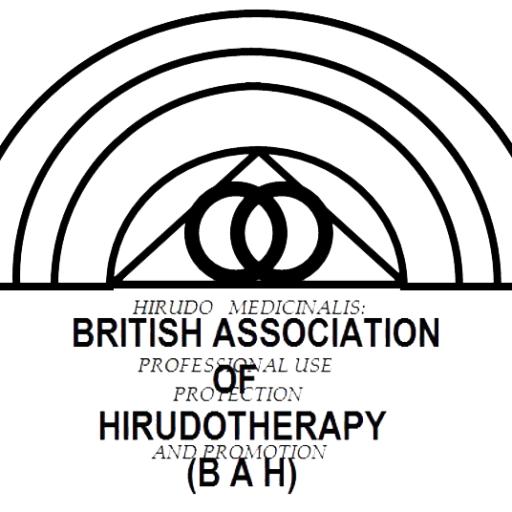History

A woman using leeches for bloodletting. Historia Medica 1639.
The word “leech” is a derivation of the Anglo-Saxon laece, meaning “to heal“ or if literally translated means “physician”. The earliest clearly documented record of use of leeches for medical purposes appears in a painting in an Egyptian tomb dated 1500 BC”. Later Chinese, Arabic, Anglo-Saxon, Ancient Greek, Sanskrit, Roman and Persian medical texts provide frequent records of use of leech therapy. For example, Galen promoted use of leeches and Avicenna in his world-famous book Canon of Medicine wrote instructions on how to use them.
Leeches became particularly widespread between 17th and 19th centuries, turning into lucrative commodity due to rigorous use and success among patients. In the 1830s French imported about 40 million leeches a year, England over 6 million a year and Ireland a few millions. At the same time Russia consumed about 30 million and Germany shipped about 30 million annually to the US. Carter (2005) states: “Through the early decades of the century, hundreds of millions of leeches were used by physicians throughout Europe”. Their use was so common that physicians were often called “leeches”.
